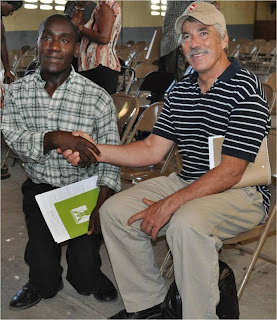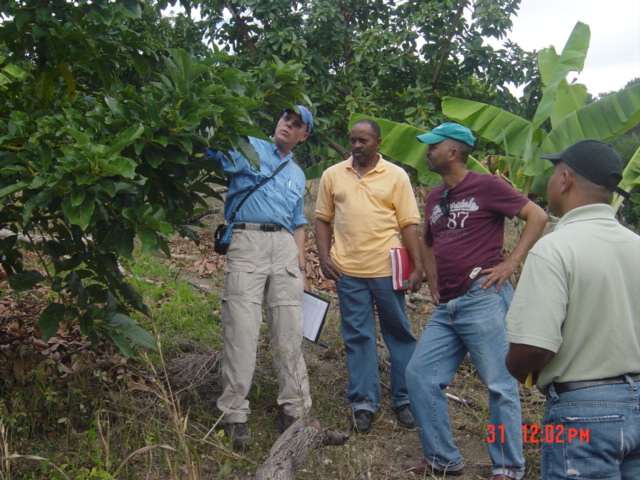Harvesting Green Gold in Guyana

Partners of the Americas, Farmer-to-Farmer volunteers, Cheryl Diermyer and Pat Fellows of Wisconsin, have been working with staff at the Guyana Hydroponic Shadehouse Production and Marketing Project on the production of a hydroponic gardening training video, “ Harvesting Green Gold .” The video will support the Hydroponic Shadehouse Project extension officers’ face-to-face training activities. The Shadehouse Project is managed by the Guyana Chapter of Partners of the Americas. Planning for the video began in February when four individuals in three different time zones and two different countries met via Skype to discuss the video design. Meghan Olivier, the project coordinator in Washington D.C.; Cheryl Diermyer, a humanitarian media producer in Wisconsin; and Kelvin Craig and Ryan Nedd of the Shadehouse Project in Guyana discussed the approach to the video and began a rough draft of an outline. The training manual produced by the Shadehouse Production and Marketi







